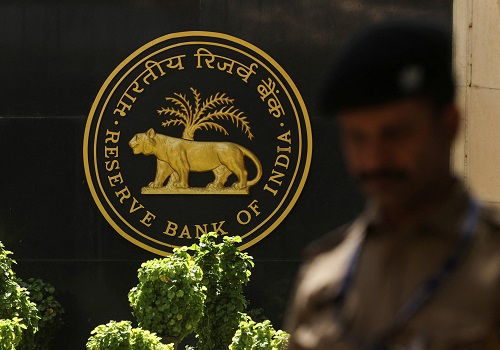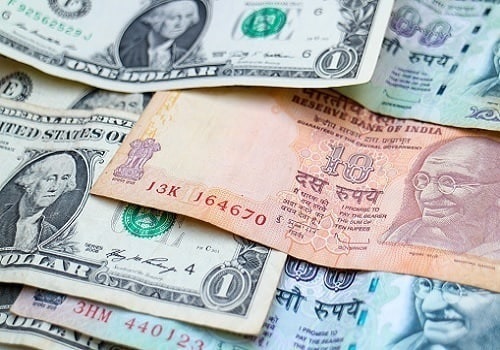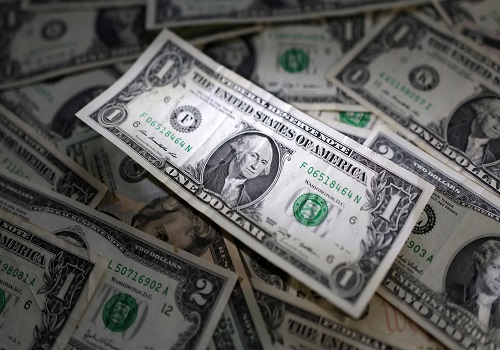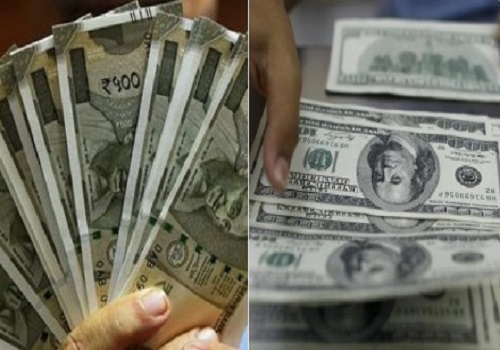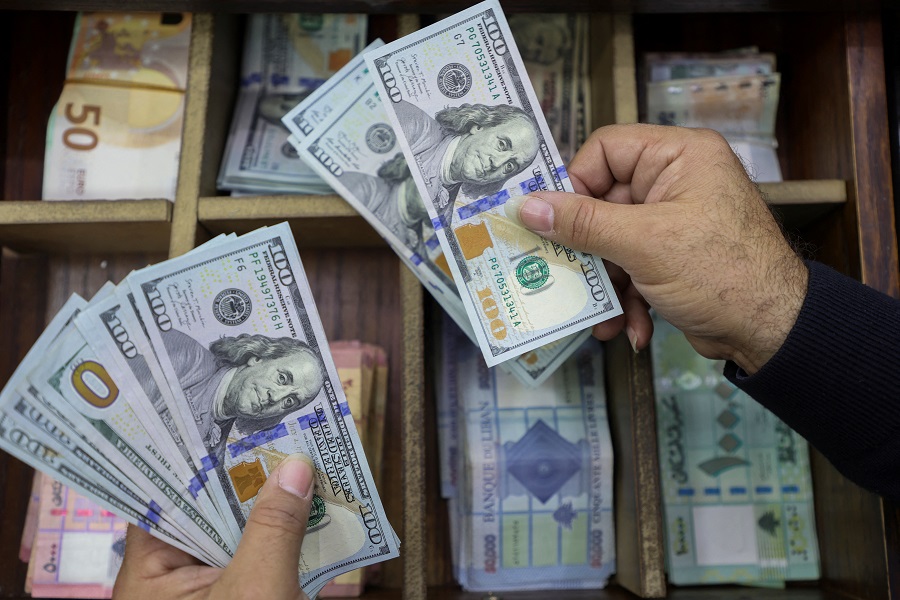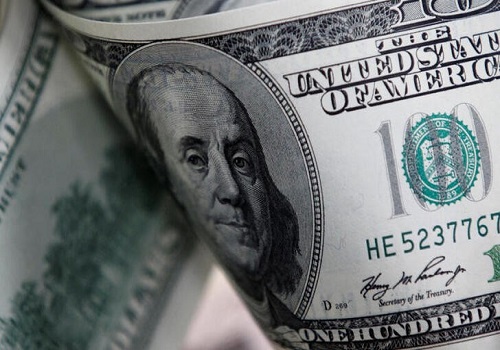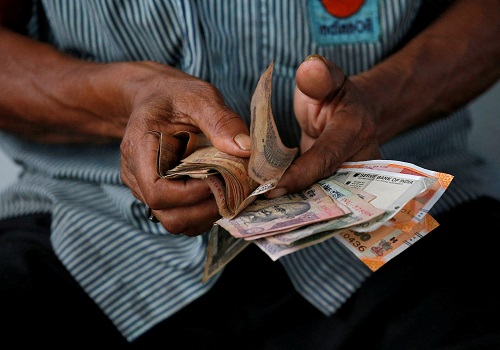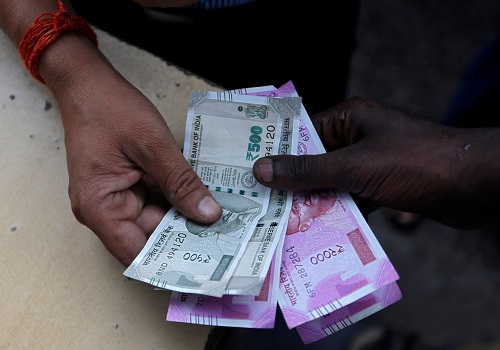Dollar advances as traders weigh rate cut expectations, eyes on data
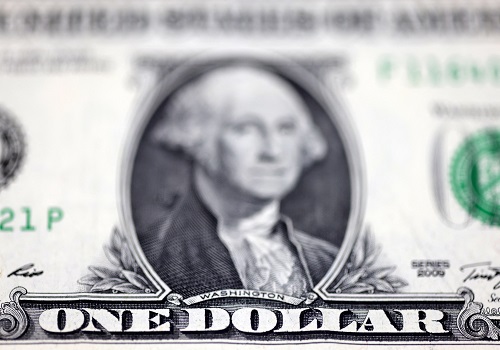
The dollar was firm on Tuesday as investors assessed the chances of early and steep interest rate cuts from the Federal Reserve, ahead of a data-packed week that could influence major central banks' thinking on monetary policy.
The yen weakened slightly to 145.89 per dollar after data showed Japan's wholesale inflation was flat in December from a year ago, slowing for the 12th straight month.
The data suggest that rises in consumer inflation will moderate in coming months and take pressure off the Bank of Japan (BOJ) to phase out its massive stimulus soon.
Expectations of a policy shift from the BOJ had bolstered the yen towards the end of 2023, with the currency gaining 5% against the dollar in December. It has since dropped sharply and is down 3% so far in January.
Investors scaled back their expectations of early rate cuts from the Fed at the start of the year but data last week that showed an unexpected drop in U.S. producer prices in December reinforced the view that cuts could come as soon as March.
Markets are now pricing in a 70% chance of a 25 basis points (bps) cut in March, versus 63% a week earlier, the CME FedWatch Tool showed. Traders are back projecting cuts of 160 bps this year, up from expectations of 140 bps last week.
Most analysts, though, think the expectations are too aggressive.
"We think the market may have got ahead of itself pricing almost seven 25 bp cuts from the Fed this year," said Hamish Pepper, fixed income and currency strategist at Harbour Asset Management, adding the dollar is likely to find support if markets reassess easing expectations and push short-term interest rates higher.
"Yes, inflation has fallen more quickly than expected, including core measures, but the labour market still looks too hot and may make it difficult for inflation to get all the way back to 2%."
Against a basket of currencies, the dollar rose 0.234% to 102.88 having gained 0.2% overnight in subdued trading on the account of a U.S. public holiday on Monday.
A data-heavy week awaits, with reports on Chinese fourth-quarter growth, British inflation and U.S. retail sales all scheduled for Wednesday.
Investor attention will also be on comments from central bank officials, including the Federal Reserve's Christopher Waller, whose dovish turn in late November helped to send markets soaring to a blistering year-end rally. Waller is due to speak later on Tuesday.
Chris Weston, head of research at Pepperstone, said the risk is that Waller could push back on market pricing for a March cut and show a lack of urgency to normalise policy.
"That said, should he even remotely validate market pricing, then we should see U.S. 2-year bond yields fall further. The USD should move lower," Weston said.
The yield on 10-year Treasury notes was up 4.4 basis points to 3.994%, while the two-year U.S. Treasury yield, which typically moves in step with interest rate expectations, was up 6.1 basis points at 4.199%.
The dollar's ascent on the day cast a shadow on most major currencies. The euro fell 0.28% to $1.0917, set for its steepest one-day percentage drop in two weeks. The single currency is down 1% for the month.
European Central Bank's Joachim Nagel said on Monday it was too early the central bank to discuss cutting interest rates because inflation remained high.
Money markets price in 145 basis points worth of cuts to the ECB's deposit rate this year, most likely starting in April.
Meanwhile, sterling was last at $1.2687, down 0.30% on the day, edging away from a near-five month high of $1.2825 versus the dollar hit late December, with this week's jobs and inflation data the focus for sterling traders to help fine-tune their interest-rate models.
Markets are pricing around 120 bps of rate cuts by the Bank of England in 2024, with the first one most likely in May.
Elsewhere, the Australian dollar fell 0.43% to $0.6632, while the New Zealand dollar fell 0.39% to $0.6176.














